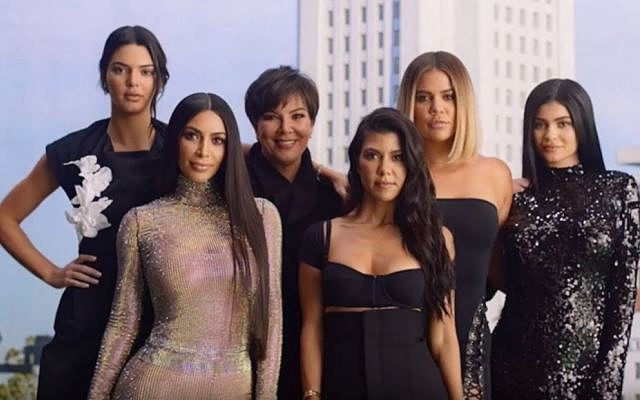World’s youngest IPO maker assists engage:BDR to deliver next generation of AI-powered ads

engage:BDR chief executive officer Ted Dhanik speaks with social media expert Dan Fleyshman.
Advertising company engage:BDR (ASX: EN1) has updated the market with regards to its progressive approach to digital advertising and revealed it is actively working with renowned social media expert and “influencer marketing pioneer” Dan Fleyshman, who served as the company’s adviser for almost eight years.
Mr Fleyshman remains the youngest man in history to take a company public, having sold $15 million-worth of clothing in six department store chains and surpassing expectations with his $9.5 million licensing deal with US-based STARTER apparel, back in 2000.
He also launched the “Who’s Your Daddy” brand of energy drinks into 55,000 retail stores and military bases a few years later.

Mr Fleyshman’s clients include the Kardashian family.
engage:BDR chief executive officer Ted Dhanik spoke to Mr Fleyshman after an impromptu visit to the company’s offices where the veteran social media guru explained the importance of social media-focused advertising and, more specifically, the growing importance of influencer marketing upon brand recognition in the modern marketplace.
The power of digital influencers
According to Mr Fleyshman, online digital influencers with around 50,000-100,000 followers can obtain strong market traction with their audiences – to a proportionally higher degree than more famous A-list online celebs with over 1 million followers – due to the “care factor” that underpins why users watch and follow particular people online.
“It’s fascinating to watch people spend money on TV, radio, billboards and things that people don’t really watch,” says Mr Fleyshman.
Advertisers are maintaining a large spend on these channels, despite the growing amount of people watching content on their phones and purposefully avoiding traditional ads.
The global spend in influencer marketing is set to hit a record high of US$5-$10 billion in 2020, despite coming into being within the last 10 years.
“Some brands have been able to achieve hundreds of millions in revenue, strictly from social media marketing. Whether it’s a hair vitamin, a tea product, clothing brand, mobile apps – they’re all able to scale so quickly and you don’t have to wait three-to-six months to see how that TV ad turned out. You can see statistics right away.”
Mr Fleyshman says that although some social media celebs have small audiences, they are able to convert those audiences into higher sales given the fact that their viewers tend to be more dedicated to their content and more likely to become repeat customers.
“Both in the past and even to this day, many marketers are still working in a ‘caveman-style’ way when reaching out to their audiences and creating reports for their clients,” said Mr Fleyshman.
Mr Fleyshman’s clients include the Kardashian family, which has many of world’s largest influencers and global brands, with certain members of the family commanding anywhere between $250,000-$500,000 per social media post due to their 100 million-plus following and audience that tends to be swayed by the Kardashians’ advice and influence.
“Micro influencers have a powerful impact on their highly-engaged audiences that can teach 36%-plus engagement compared to an industry average of 1-3%.”
“That’s absolutely incredible and it validates the mobile-centric digital influencer model. I’m all in on social media,” he said.
engage:BDR and digital advertising
engage:BDR is operated by co-founder Ted Dhanik, who served as head of strategic marketing at Myspace from its inception in the early 2000s until 2008.
At its 2006 peak, Myspace was the world’s most visited website – overtaking Google Search and capturing almost 5% of all US web traffic.
Mr Dhanik says that his company specialises in the “programmatic delivery” of media and wants to go above and beyond how ad-buying and brand marketing was done in the past.
Traditionally, advertising has been rather analogue, resource-intensive and required many man hours to be sold and distributed to various clients.
However, with the advent of artificial intelligence (AI), engage:BDR wants to leverage automated and data-rich computing techniques to better engage with each ad campaign the company delivers to its clients. This is typically done “by better predicting what ad buyers are willing to buy and what they’re willing to pay, in real-time,” says Mr Dhanik.
According to Mr Dhanik, engage:BDR’s technology also allows detailed tracking of previous campaigns and improves cost-effectiveness across the board, which, in turn, translates into better profit margins for his company.
engage:BDR launched its programmatic ad business in 2010 and, therefore, has an advantage over the rest of the field, which is only now starting to “get it” when it comes to how effective digital marketing should be done, said Mr Fleyshman.
